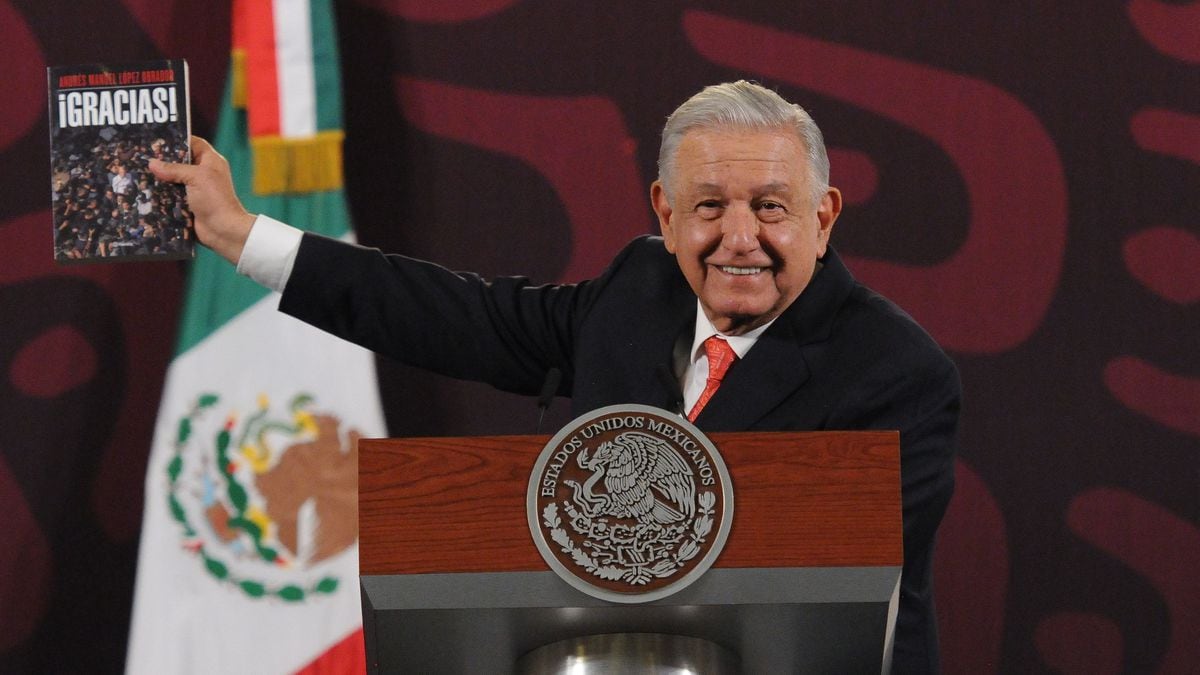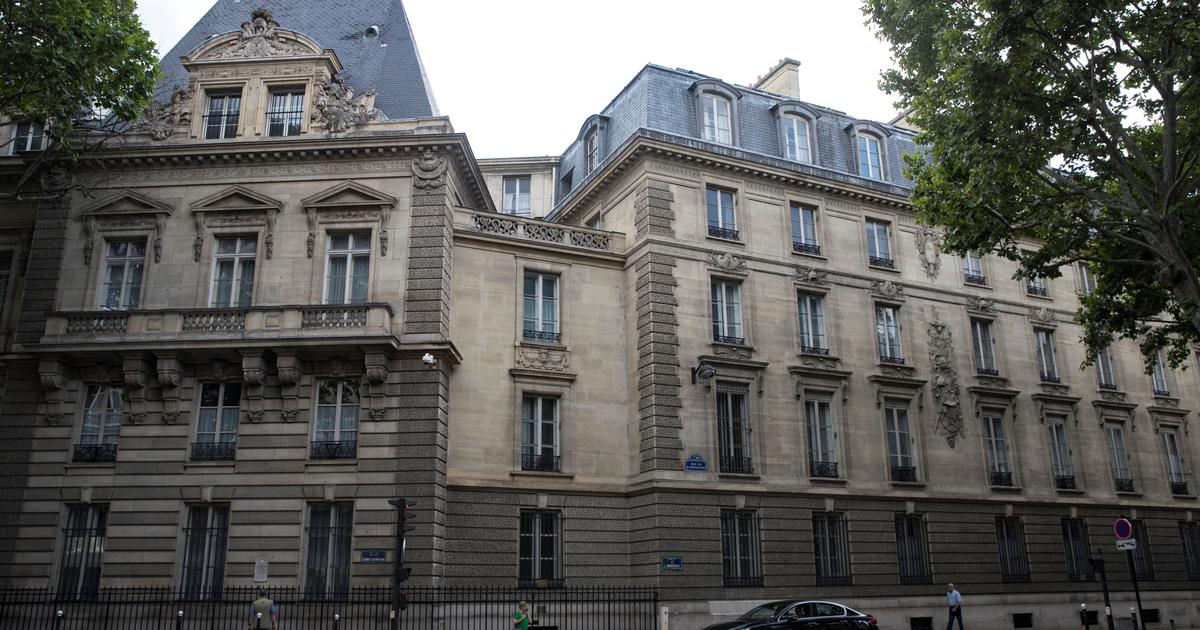Demonstrators take part in a march against possible government measures to restructure the National Electoral Institute (INE), in Mexico City on November 13, 2022. Credit: CLAUDIO CRUZ/AFP via Getty Images
Editor's note:
Jorge G. Castañeda is a contributor to CNN.
He was Mexico's Secretary of Foreign Relations from 2000 to 2003. He is currently a professor at New York University and his most recent book, “America Through Foreign Eyes,” was published by Oxford University Press in 2020. The views expressed in this commentary They are solely the author's.
You can find more opinion pieces at CNNe.com/opinion.
(CNN Spanish) --
The march on Sunday, November 13, in Mexico City, in defense of the National Electoral Institute was of great importance in the country for three reasons.
In the first place, because it showed that the middle classes of the Valley of Mexico, the most populated area in the country, have in fact abandoned President Andrés Manuel López Obrador and his fourth transformation project in a more forceful way than what had been seen before. now.
Secondly, the PRI, which had wavered in its opposition to the INE reform proposed by the government, has already taken a frankly contrary and probably irreversible position.
Third, the march was significant because it could be the beginning of the reconstruction of an electoral alliance of the opposition that leads to a possible victory in the elections for governor of the State of Mexico, in 2023, and for the presidency of Mexico, in 2024.
According to the research company Parametría, since the 2021 midterm elections for the Chamber of Deputies and several state governments, the Mexican middle classes, who had voted for Morena in 2018, began a process of distancing themselves from the López Obrador coalition.
This could be verified in the results of the main metropolises of the country –Mexico City, Guadalajara, Monterrey, León, Mérida and several others– where these middle classes are concentrated, and in the exit polls that showed that people with higher education or income above a certain amount, they already voted in a much lower proportion than the average for the candidates of Morena, López Obrador's party.
The march on Sunday the 13th in defense of the INE was not, of course, purely middle class.
It brought together people from many sectors in a good part of the Valley of Mexico, and people from various sectors in many other cities.
But it is true, as multiple analysts have commented, that it was a protest mainly from the middle class, with higher education, of a certain prosperity, in a city that is increasingly - precisely - middle class.
advertising
The issue of defending Mexican democracy, of electoral institutions, of everything that has been built in the country since the 1990s, is typically typical of this type of sector, not because the popular sectors do not participate enthusiastically and do not consider the democratic conquests of the last 30 years their own, but because they tend to embrace causes closer to their daily existence for strictly economic and social reasons.
The second meaning of the march is that the Institutional Revolutionary Party (PRI) participated in it, which, as was said, had wavered in its rejection of the López Obrador reform that would have dismantled the INE, when electing the councilors and magistrates of the Court Electoral by universal suffrage, by reducing their faculties and resources available to the institution.
Without those votes it will not be possible to approve it.
The PRI was in the march, not all of the PRI, not all of its deputies, senators and governors, but many of its leaders.
They carried signs or banners, chanted slogans, rubbed shoulders with hundreds of thousands of protesters throughout the Republic, according to opposition figures.
The Government, for its part, says that there were fewer participants.
In a word, they promised to reject the electoral reform of López Obrador.
This means, in practice, voting against the reform in Congress, and desisting from entering into the dynamics of the negotiation with the Government.
It implies giving up exchanging "good" chapters for "bad" chapters, and giving up some points to get others.
It forces them to return to the refusal to approve any constitutional change, a position they should never have abandoned, and to resist any threat or extortion, open or veiled.
Not to sacrifice, but to find a way to remain free without submitting.
There is how.
Third, the march could be a milestone in Mexico's recent political history because after the protest, the PRI could be emboldened.
In doing so, the alliance with the PAN and the PRD – called Va por México – would be recomposed and that not only worked in the 2021 elections, but had also been consolidating.
This would make feasible a victory for the opposition in the election for governor of the State of Mexico in 2023, this being the most populous entity in the country.
Said result, if gestated, would make it possible to rebuild the alliance for the presidency, the governorships and the Congress by 2024 and, in one of those, lead to a victory for the opposition.
It is not certain that this will happen.
There are still many obstacles to rebuilding the alliance, including López Obrador's constant recourse to pressure PRI deputies and senators to vote in favor of his reforms or be denounced and, where appropriate, prosecuted for acts of corruption.
In addition, the hypothetical reconstruction of the Va por México alliance for 2023 and 2024 still faces several challenges.
Agree in order to present common candidacies for 500 deputies, 128 senators, a dozen governors in important states such as Jalisco, Veracruz and Puebla, the head of government of the capital and above all, a candidate for the presidency of Mexico, it is a Herculean task.
And, in addition, of course, that opposition has to find a unique and competitive application for the position of that head of state, something that at the moment is not easy.
But, in any case, the march can be a watershed.
Perhaps the greatest confirmation of this lies in the reaction of López Obrador himself, who has shown his extreme annoyance at the size and enthusiasm of the participants.
To the extent that he has decided to call his own march, which he plans to lead on November 27.
The difference – of course – between the march in defense of the INE and that of the exaltation of the Government is that all the resources of the Mexican State will be used to nurture the one of Morena, while the one of the opposition – because that was it: an opposition march – was done exclusively under the auspices of civil society organizations and political parties that participated in it.















/cloudfront-eu-central-1.images.arcpublishing.com/prisa/EXJQILQR5QI7OMVRTERD7AEZAU.jpg)